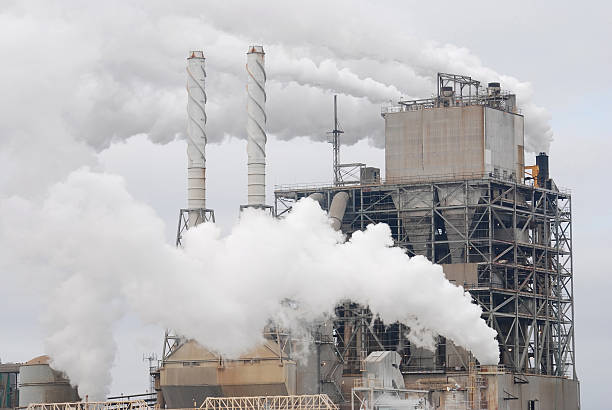Enhancing The Effectiveness Of A Water Treatment System

The objective of a great water treatment program should be to ensure that the
water has continuous contact with heat exchange surfaces and is devoid from
biological fouling. The growth of bacteria, the deposition of scale, and
corrosion can force machines to work harder because of reduced ability of the
water to interact with these surfaces. To increase the effectiveness of a
treatment plan water treatment experts recommend a dual alternating biocide
program.
Oxidizing Biocides
Biocides are chemical compounds employed to eradicate algae and bacteria that
are that are found in cooling towers and other cooling systems that recirculate.
There are two main classes of all biocide
chemical which are oxidizing or non-oxidizing. Each kind of biocide
interacts with biological organisms in an entirely different method.
Oxidizing biocides take an "shot gun" method of destroying bacteria and
biological growth. To destroy cells of an organism, these biocides are used.
Oxidizing agents are efficient due to their speed and the nature of their method
of action. Organisms are unable to build up a resistance to the chemicals
employed to treat water.
There are some negatives using biocides that oxidize. These chemicals can
make water more corrosive. Certain oxidizing chemicals utilized in water
treatment programs can also create undesirable products that can harm the
environment.
Water treatment programs require constant monitoring of water levels and the
conditions. Because they interact with other corrosion inhibitor chemical
compounds, oxidizing biocides could make water treatment programs less efficient
and more difficult to track.
Non- Oxidizing Biocides
A non-oxidizing biocide attacks biological growth in a different way, by
interrupting the metabolism of the organism, and effectively poisoning the
cells, causing them to die. This type of IRO Biocide is targeted at specific
organisms and specific cellular processes using the "rifle" approach to
treatment.
Another benefit of non-oxidizing biocides is that they can have a minimal or
no effect on other chemicals that are used for treating scale and corrosion.
Because of the many microorganisms found in every recirculating cooling system
there are and non-oxidizing biocides may hinder them to be effective. They can
also be resistant to other chemicals, and may even grow in the water. This is
the reason it is important to have a water treatment technician inspect the
water.
What is a Dual Alternating biocide?
The consistent use of one biocide within water treatment programs may cause resistant flora or damaging conditions in the water. Dual-alternating strategies are ideal for controlling the growth of biological organisms. In a dual-alternating biocide system that includes both non-oxidizing and oxidizing biocides are fed into the system in an unidirectional slug dose based off of the continued monitoring of water conditions. Dispersants are frequently included in non-oxidizing biocides to improve their efficacy. This increases the biocide's ability of piercing metal surfaces and dissolve biofilms.
Comments
Post a Comment